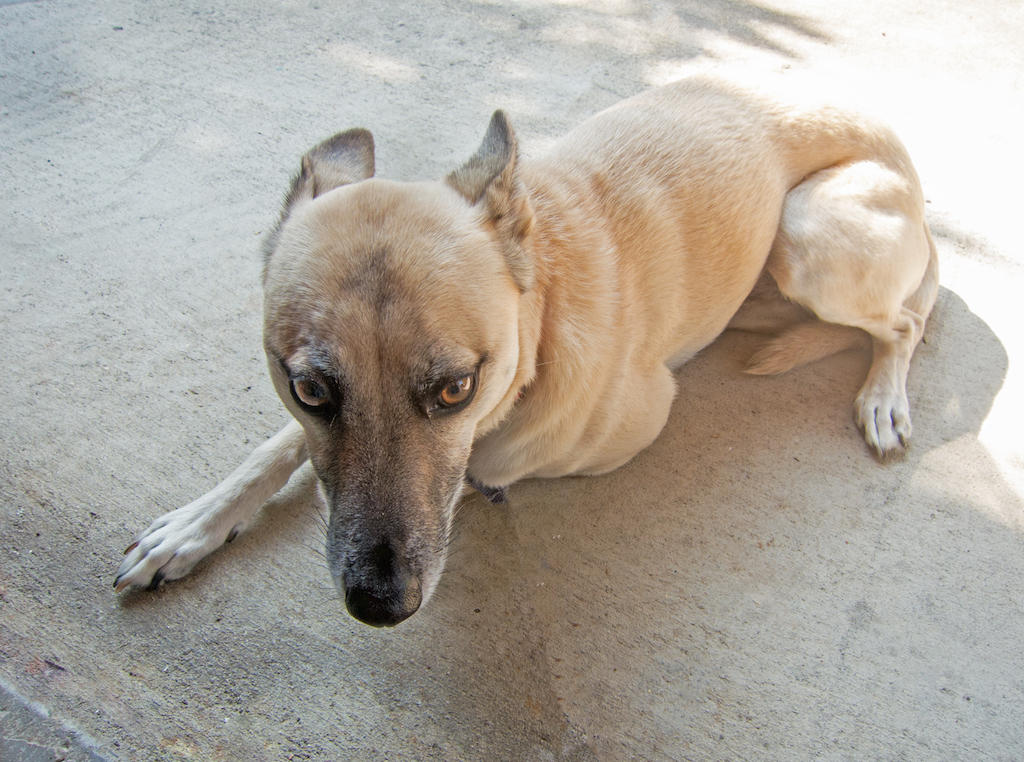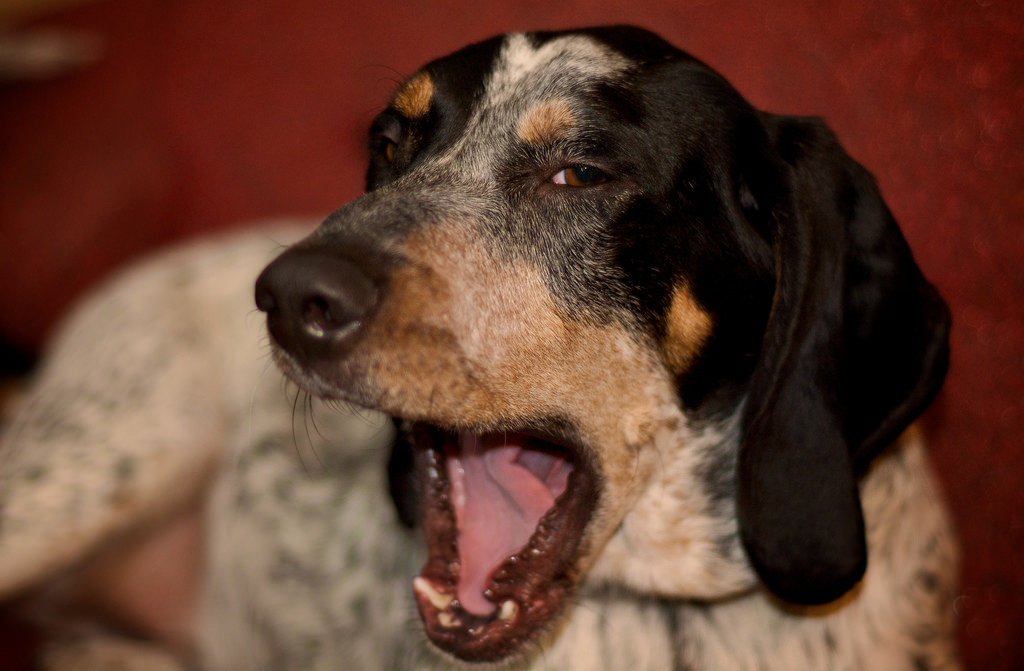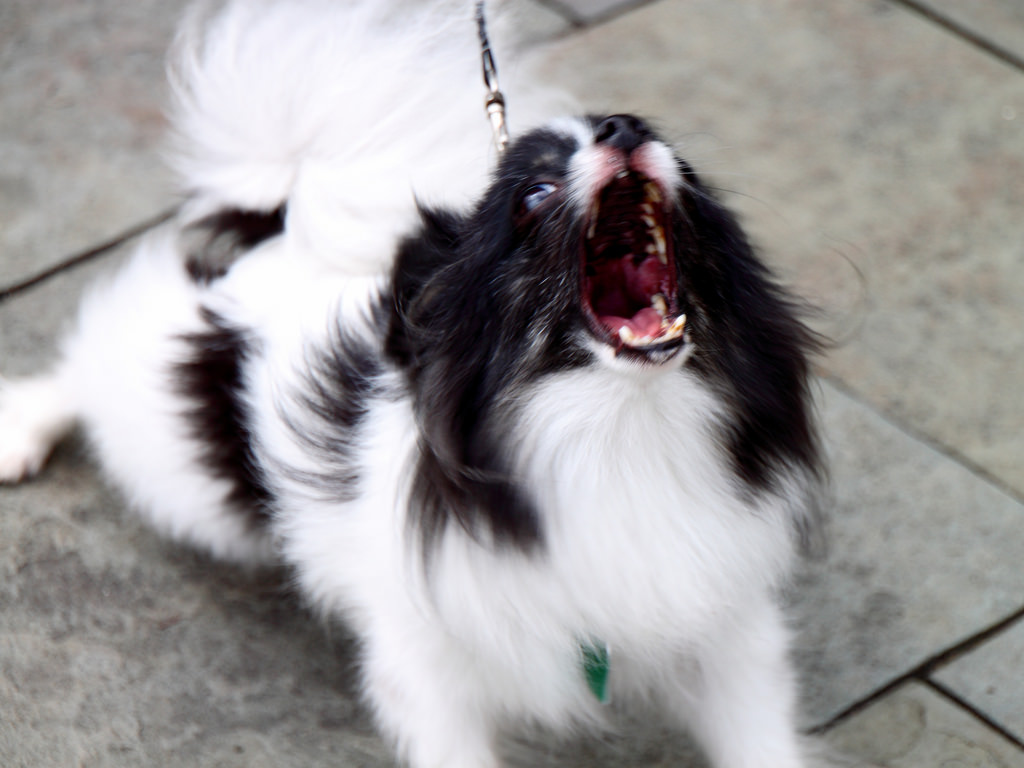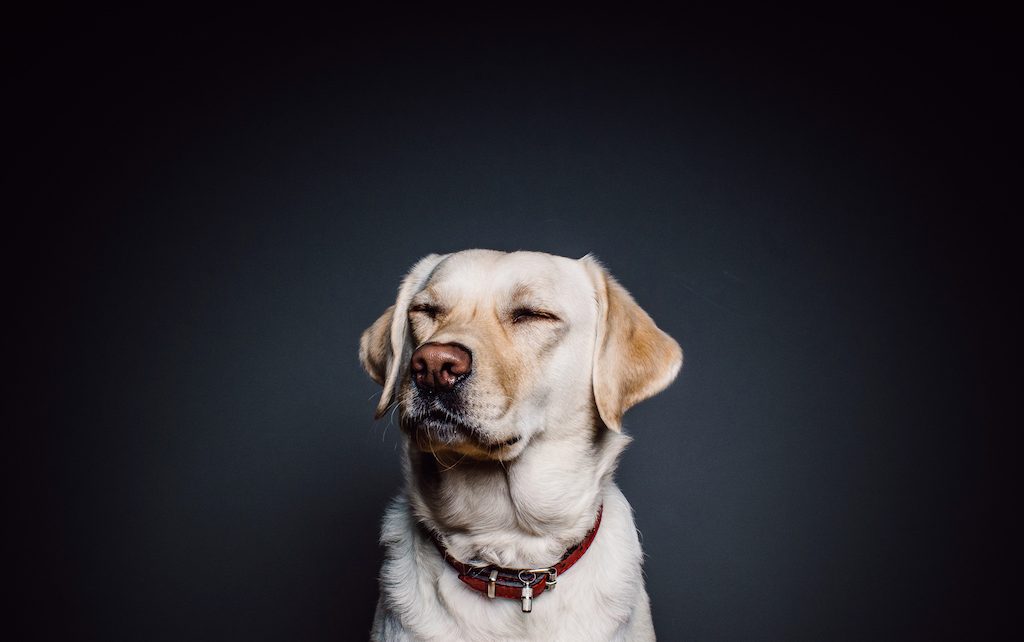Pretty Picture
When one thinks about the things that turn childhood into a magical experience, what comes to mind? Children rolling about on the grass, discovering tortoises and toads in the stream, climbing over rocks and up the trees, eating berries and exploring the limits of the world. In this idyllic portrait of a happy child, we may imagine the faithful dog. A sidekick, a pal, ready to face anything the world has in store for them. A best friend.
Reality
This image does not necessarily exist in reality. Many children will not have access to streams and trees and berries. Their experience with nature depicts a “Don’t Step on The Grass” sign. With all of today’s smart phones, laptops, and digital games, some parents won’t be able to bridge the gap between nature and technology through storytelling and imagination, alone. If they get a family dog, the dog may one day feel agitated or restless and growl at the child but no one will understand why.
Kids being Kids
In most cases, dogs will have their reasons to show discomfort in the presence of certain behaviors that kids display. In fact, most of these reasons are the same ones that drive an adult to tell a child to make a little less noise or quiet down. Some kids are naturally boisterous and full of energy. They’ll climb all over us, interrupt the conversation, paint the walls and pull their big sister’s hair. If mom attempts to scold them, they might even lash out. But children are just children. And they’re small. All they really need is caring guidance through life, rules that will help them understand what stands for socially acceptable behavior. They simply need to learn the importance of being respectful to others. This goes for human-animal interactions.
For example, if big sister Jo complains that her little brother has been reading her diary, then her parents will feel the need to explain to little James that others sometimes need privacy. Should he then yank a toy from his friend, surely someone will come along and explain how we should share and respect those who happen to have the toy at the time. What about when, in a sudden urge for tenderness, little James hugs his mom really tightly? Well, naturally she just melts with delight. His actions are all easily perceived and corrected when necessary by those around him.
Perception
But little James’ interactions with his pup are less clear. To the pup, that is. Even the most well-intended actions on James’ part can cause confusion and simply make no sense. In some cases, they represent a lack of manners (or a downright threat) in the dog world. And when Rex is simply trying to explain just that – no one understands why because no one speaks dog.
When your dog is uncomfortable with something, there’ll be a warning. Generally, there’ll be several signs – different types of warnings. The “tone” of the warnings grow and snapping or biting, the last desperate sign of discomfort, We may not even know that our dog perceives us rude, unwelcome or scary.
Personal Space
We take personal space rather seriously. So do dogs. Just like Jo doesn’t like it when Auntie Julia pinches her cheeks and hugs her too tight while making a big fuss about the whole thing, dogs are not keen on hugs. They might feel their space being invaded, and view it as disrespectful and a threat. Naturally, no one LIKES to have their ears and tails pulled. But dogs seem to even accept those behaviors patiently, although he may one day lose his patience.
The Signs
What to teach our children to look out for:
- When anxious or disturbed: head bowed, ears back, arched body, crouching or even laying on their back with their tails between their legs

- When uncomfortable: head turned away avoiding glance, distancing themselves, walking backwards, yawning, lifting a paw, moving slowly or staying rigid, licking their snout or panting.

- When afraid: whale eyes and a closed, tense mouth
- When threatened or irritated (about to snap): squinting of the eyes, growling, baring teeth, fur standing on end around the neck, aggressive barking

Some of these signs are very subtle and may go unnoticed until ultimately someone notices the dog snapping or even biting. It may come as a surprise to the family but timely warnings were given!
Why is it important to teach kids?
A dog may snap at his human sibling with greater ease than he would at an adult, just as a brother might correct another but be too respectful to apply the same correction to a parent. The relationship between kids and dogs tends to be more between equals than between dogs and the adults in the family. Not all adults roll around on the floor with them. That’s sibling play. There’s more potential for true companionship for sure, but less respect. The pup will feel it’s natural to show that he’s not comfortable with something and correct a sibling that tries to steal food, toys or that’s maybe playing a bit too rough.
Some things happen by accident because the pup can’t tell the difference between play-fighting and the actual damage claws and teeth can cause.
Pointing Fingers
When something goes wrong, who’s to blame? Small children are not expected to understand the notion of right and wrong. Dogs only have instinct and whatever rules they’re taught. Children and dogs tend to follow their own instincts and do what feels natural. So it’s up to adults to teach them (both the children and the dog) the rules for getting along.
Worth Every Minute
Dogs are extremely flexible in their behavior. They love to learn, are eager to please and are hugely willing to belong and participate in family life. Interestingly, that makes them not so different from children. So, if you’re committed to bringing a new pet home to the family, make the most of it and enjoy! The moments you’ll have will be special and unique.
By Teresa Sacadura



Leave a Comment